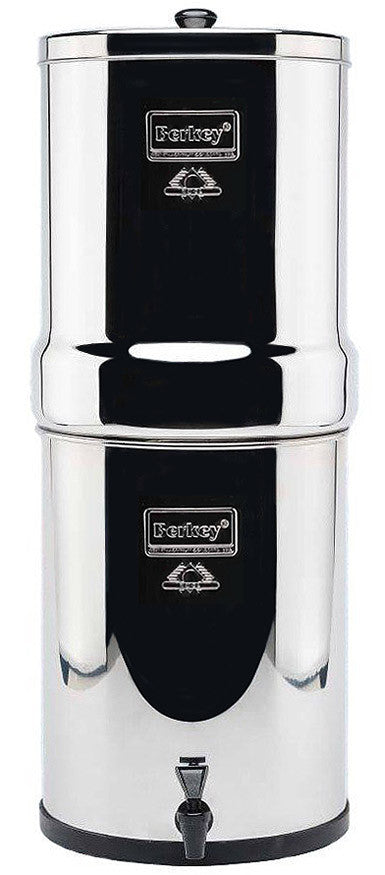
Around 70% of the earth’s surface is covered with water. This water evaporates and gathers (condenses) into clouds. The clouds result in precipitation, which falls back to the earth’s surface, prepared to begin the cycle again.
For what reason do I give it a second thought? The water cycle is crucial to climate and life on Earth. Rain is essential for the survival of plants and people. Condensation is fundamental for cloud development. Evaporation is essential to cooling and keeping a decent water vapor balance in the air.
“Water Cycle is a continuous and constant movement of water on, above, and below the earth's surface.”
Since water means life, it is best to know how water moves to produce water for human consumption and its essence.
The water cycle circulates through three stages: solids of soil or grounds of the earth, liquid forms of rivers, lakes, oceans, or open seas, and gaseous forms or vapors of air and clouds.
In this way, water is formed in a cycle that gives life to humans by producing fresh water for drinking.
Water Cycle Affects Us
Through its cycle, everything on earth is being cared for because of waterworks around the world. It gives importance to new beginnings in life between plants and animals.
Living things need water to survive, and the water cycle does the job. It distributes or gives water to plants and animals, especially humans, making it the most vital process in sustaining life through three different evaporation, condensation, and precipitation methods.
The water cycle is essential for providing fresh water to all living things. Water rises from bodies such as rivers, lakes, and oceans through evaporation and condenses to form clouds or vapor. Then, it returns to the ground as rain, which gives life to plants and animals that humans consume.
The water cycle is also responsible for the climate! It acts as a force that drives climate and the changes that follow. Temperature is regulated through the process, especially during the evaporation stage.
It is also called the hydrologic cycle, wherein the water in this cycle never leaves the earth's atmosphere. It just goes around in a circle for this changing life and supports life. The hydrologic cycle is called because of its continuous repetition or a never-ending cycle of water from evaporation and condensation to precipitation.
Water comprises almost 78% of the earth and around 97% of the ocean. Most ocean water is salty and unsuitable for human consumption, so the water cycle helps provide fresh water for life.
Stages of Water Cycle
Water is recirculated through these three processes or stages, namely evaporation, condensation, and precipitation, representing the whole water cycle.

Evaporation
Factors That Affect Evaporation
-
Vaporization increases with an increase in the surface region. When the surface area increases, the amount of liquid exposed to air increases.
-
It increases with an increase in temperature. When water is heated, the molecules move swiftly, causing them to escape faster. A good example is that boiling water evaporates faster than fresh tap water.
-
Vaporization increases with the decline in humidity. Humidity is the amount of vapor in the air. The air can only hold a certain amount of vapor at a particular time and temperature.
-
It increases with an increase in wind speed. As the wind speed increases, particles of vapor leave, decreasing the amount of water vapor in the atmosphere. For instance, we use hand dryers to dry our hands.
Condensation
Factors That Affect Condensation
-
The water vapor content of the air. This is caused by regular living activities such as washing, cooking, bathing, etc., and can be controlled by extractor fans, cowlings, and ventilation at suitable places.
-
Within room temperature. This can be controlled by replacing single glazing with energy-efficient double or triple glazing, maintaining a higher glass surface temperature on the room side. This will help to retain the room’s air temperature, which, along with adequate ventilation, will enable the space to hold more water vapor without condensing.
-
Outside temperature. This can’t be controlled, but installing energy-efficient double or triple glazing can lessen its effect on the inside room temperature.
-
Internal and external temperature variation cannot be controlled, as the main variant is the outside temperature. However, this variation may also be affected by building direction, localized atmospheric conditions, shelter from nearby trees or buildings, air currents, wind speeds, and vegetation.
Precipitation
Factors That Affect Precipitation
-
Latitude. It rains more near the equator than in the temperate zones and polar regions. The temperature is higher near the Equator, so there is more evaporation.
-
Altitude. It rains more in high areas than in low areas.
-
Level of humidity. It rains more on the coast than inland. Seas are the source of humidity.
The water cycle moves other cycles.
Water and the Environment
Human activities and mishaps, such as agricultural runoff, sewage, industrial waste, and oil spills, can pollute water.
Since water is essential for a system, whatever people put into the ground or sky through manufacturing can pollute water.
According to the Environmental Protection Agency, each person in a normal U.S. household uses around 50 gallons of water daily. In medieval times, the estimated daily water use per individual was 5 gallons.
Deforestation
Water in Our Lives

As mentioned earlier, the water cycle produces fresh, usable water for human consumption. During its processes or stages, salty water is transformed into fresh water and purified, removing impurities.
In short, the water cycle helps clean water for human use, not only for humans but also for all living things, plants, and animals.
Out of those portions of the earth’s water holdings, only less than 1% of freshwater is safe to drink.
Since freshwater is the most vital need in human life, we must not leave it alone to nature or the water cycle but rather unite and help Mother Nature produce more freshwater for human use by preserving the ecosystem and the earth.
If we continuously destroy the bodies of water around us with water pollution, maybe there will come a time when the water cycle can never eradicate those harmful elements that will be hazardous to human life.
Let's all save the earth. Preserve and conserve water.
← Older Post Newer Post →





